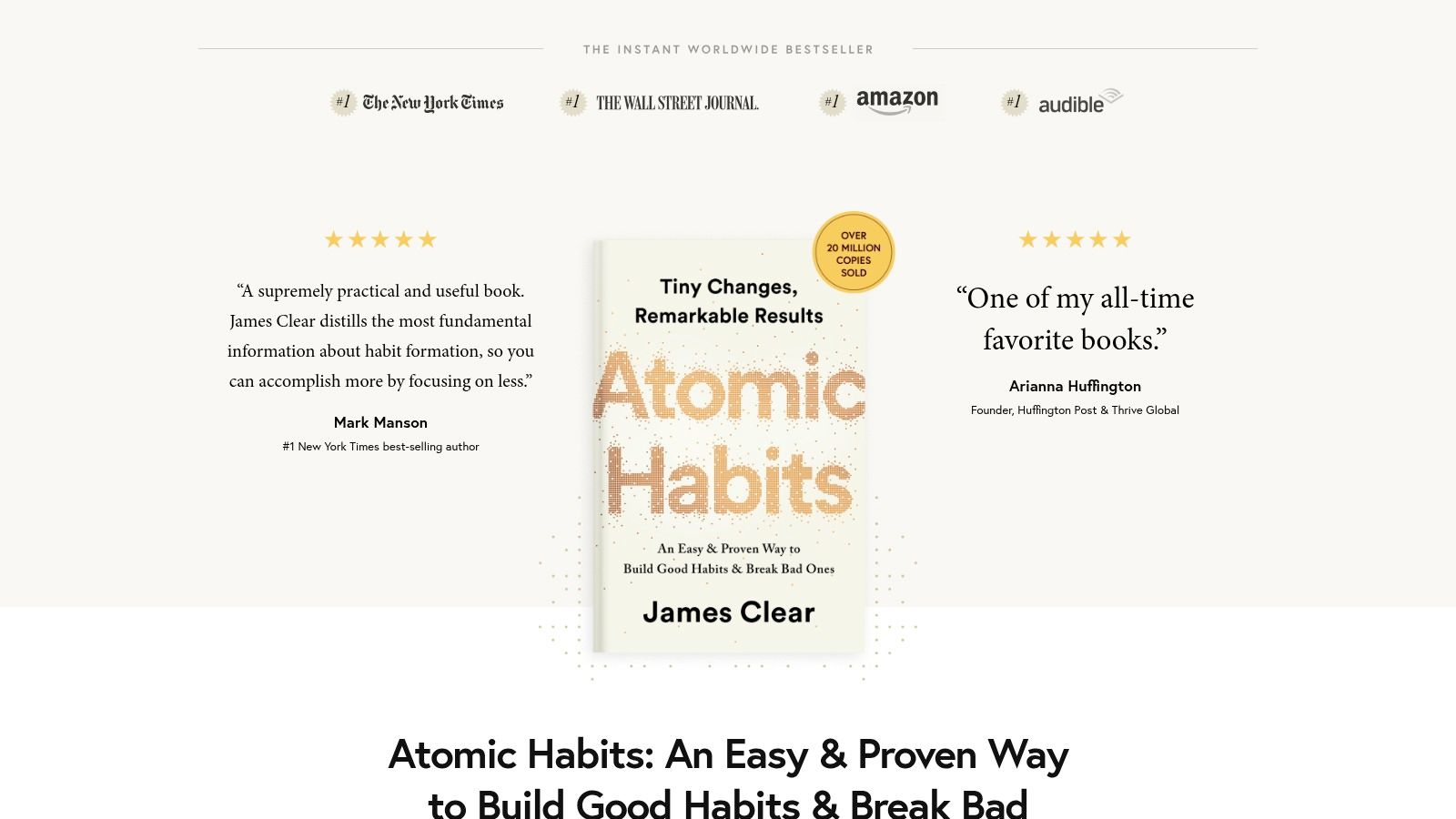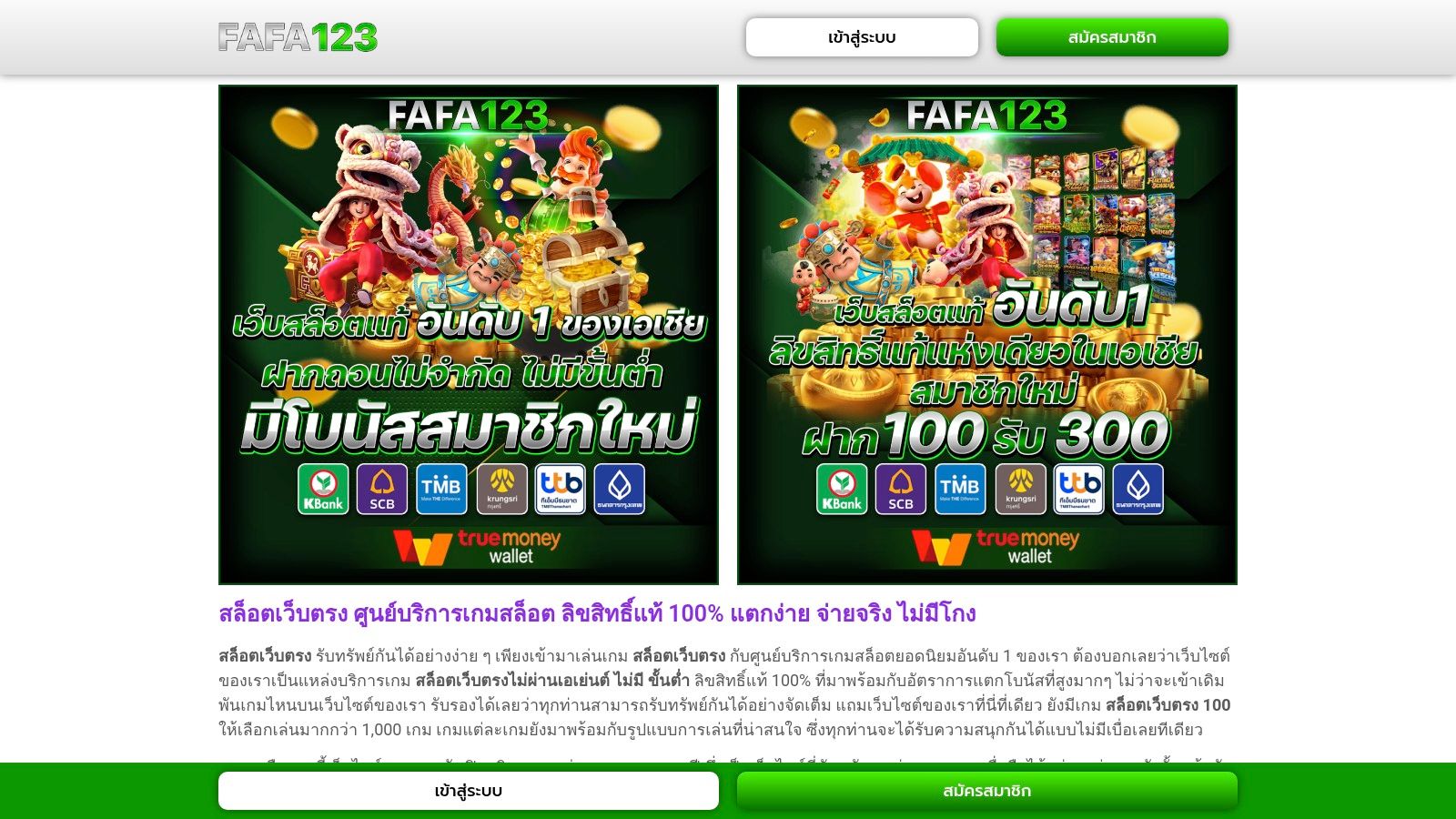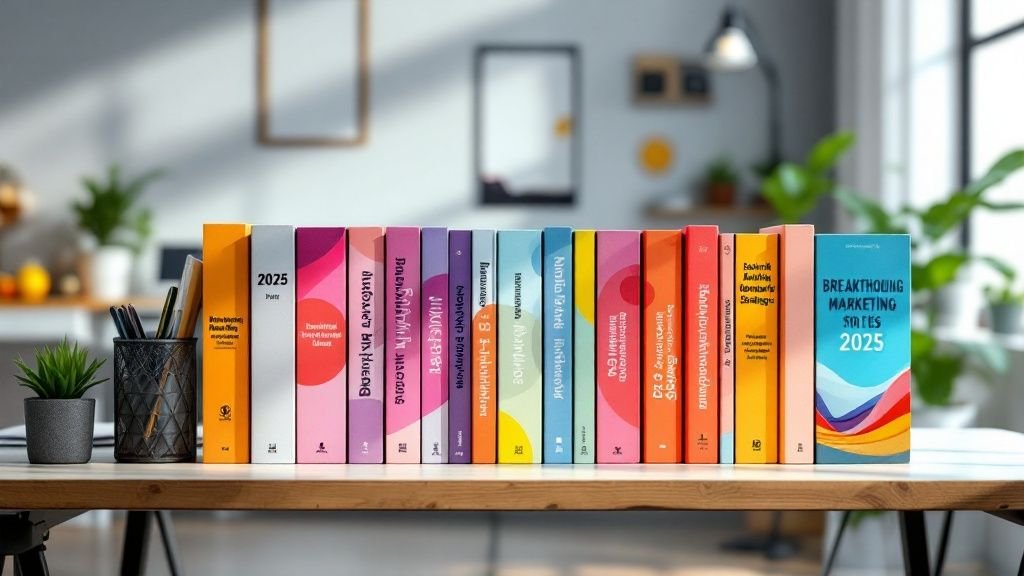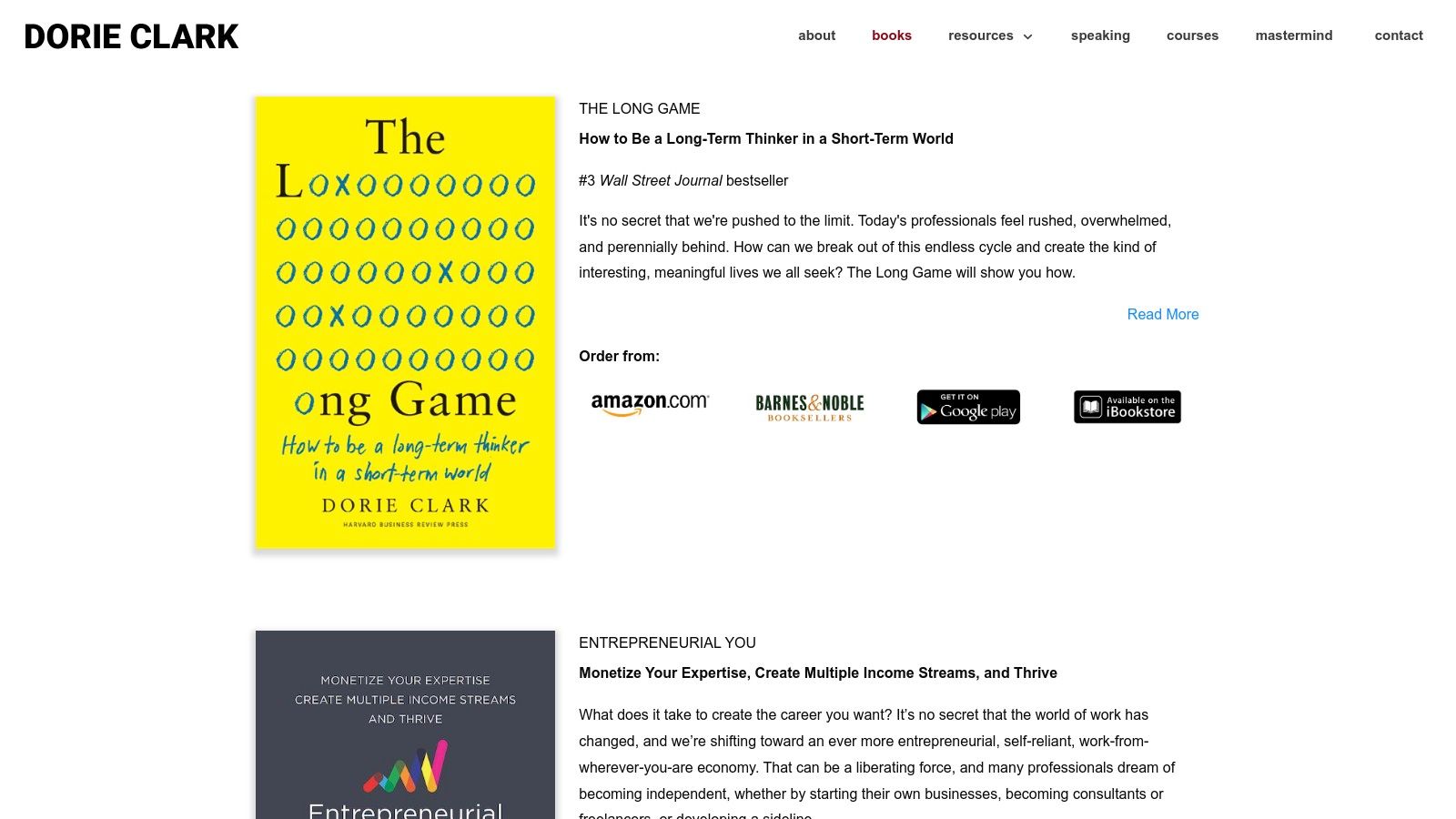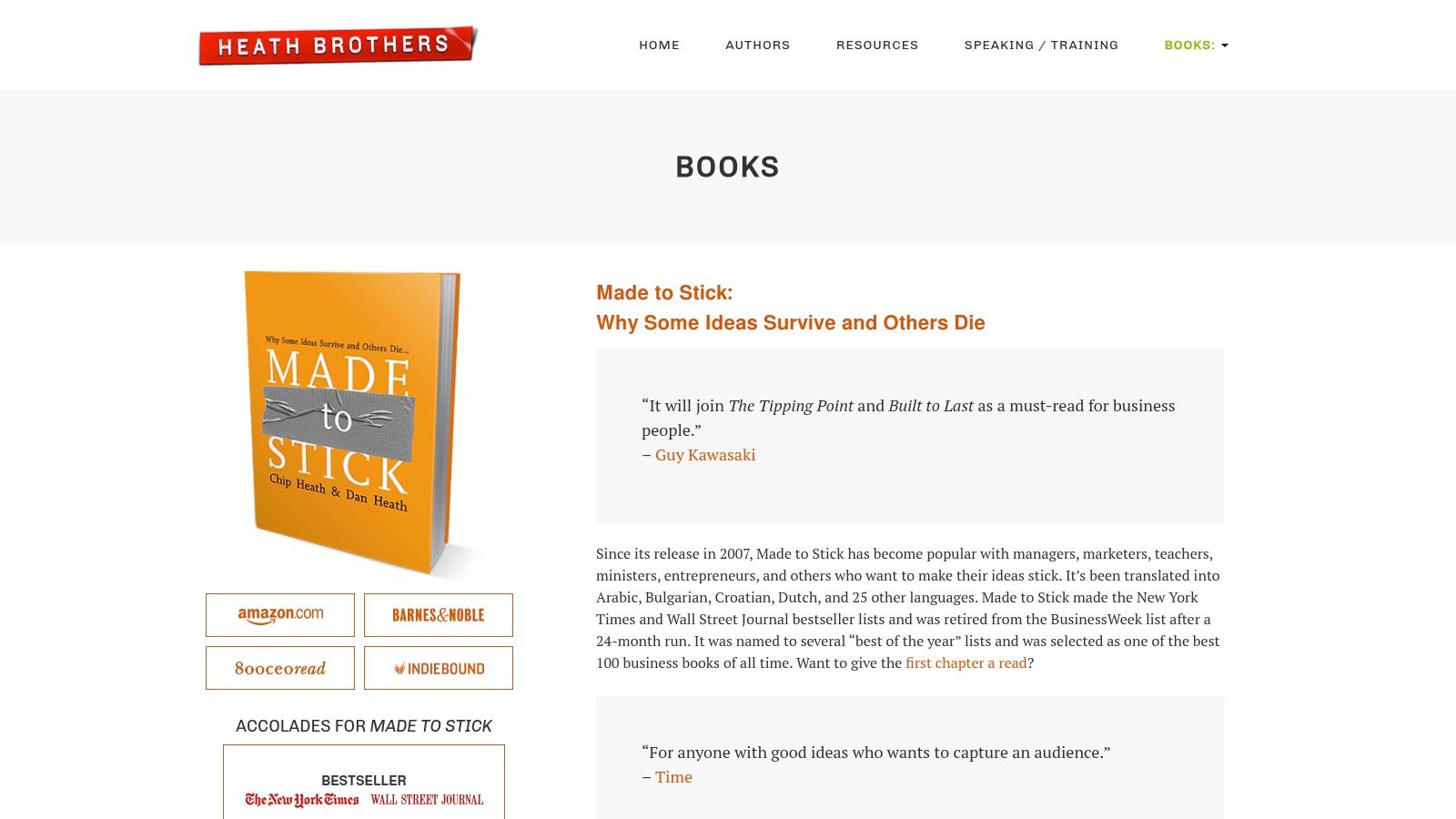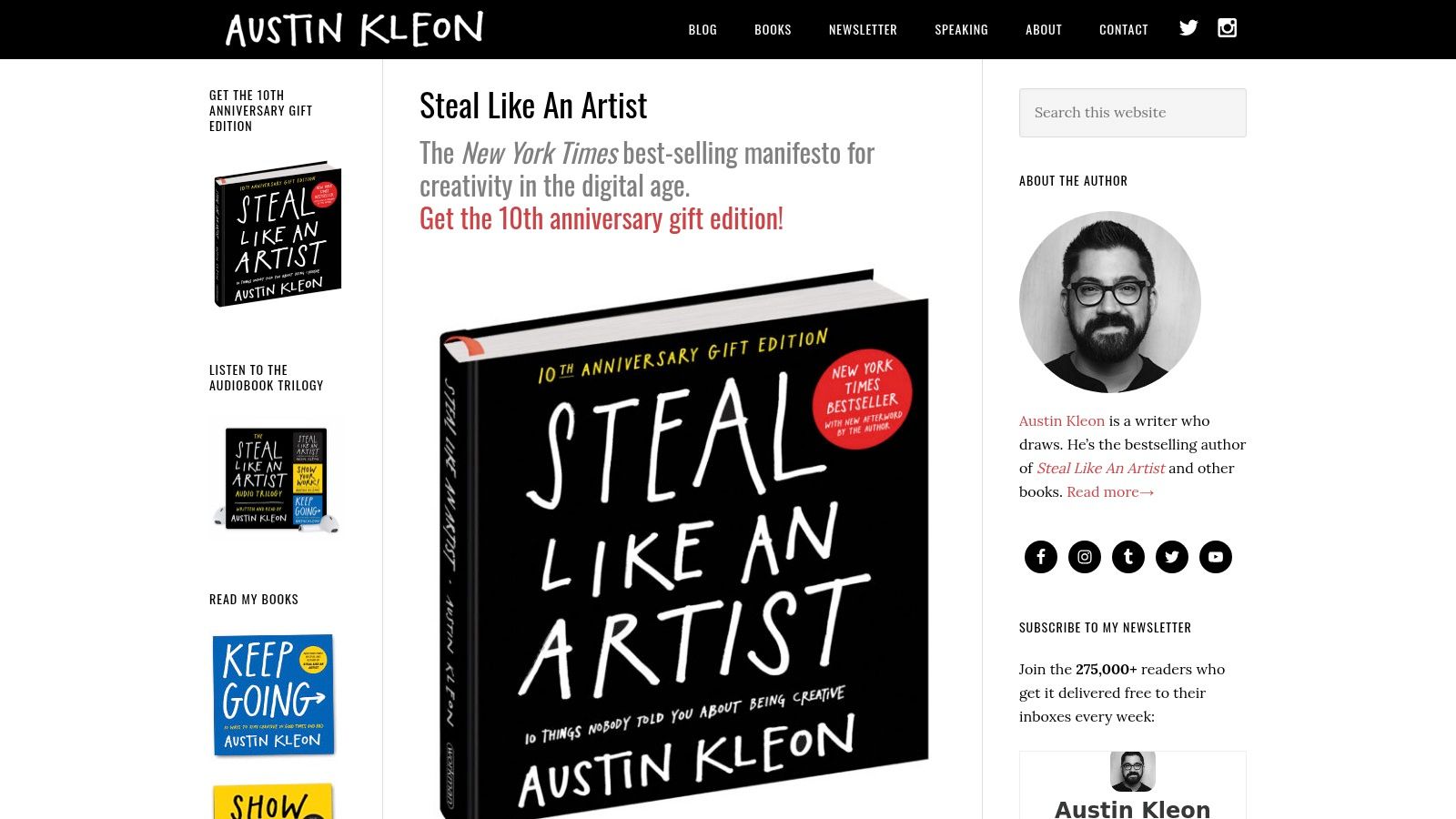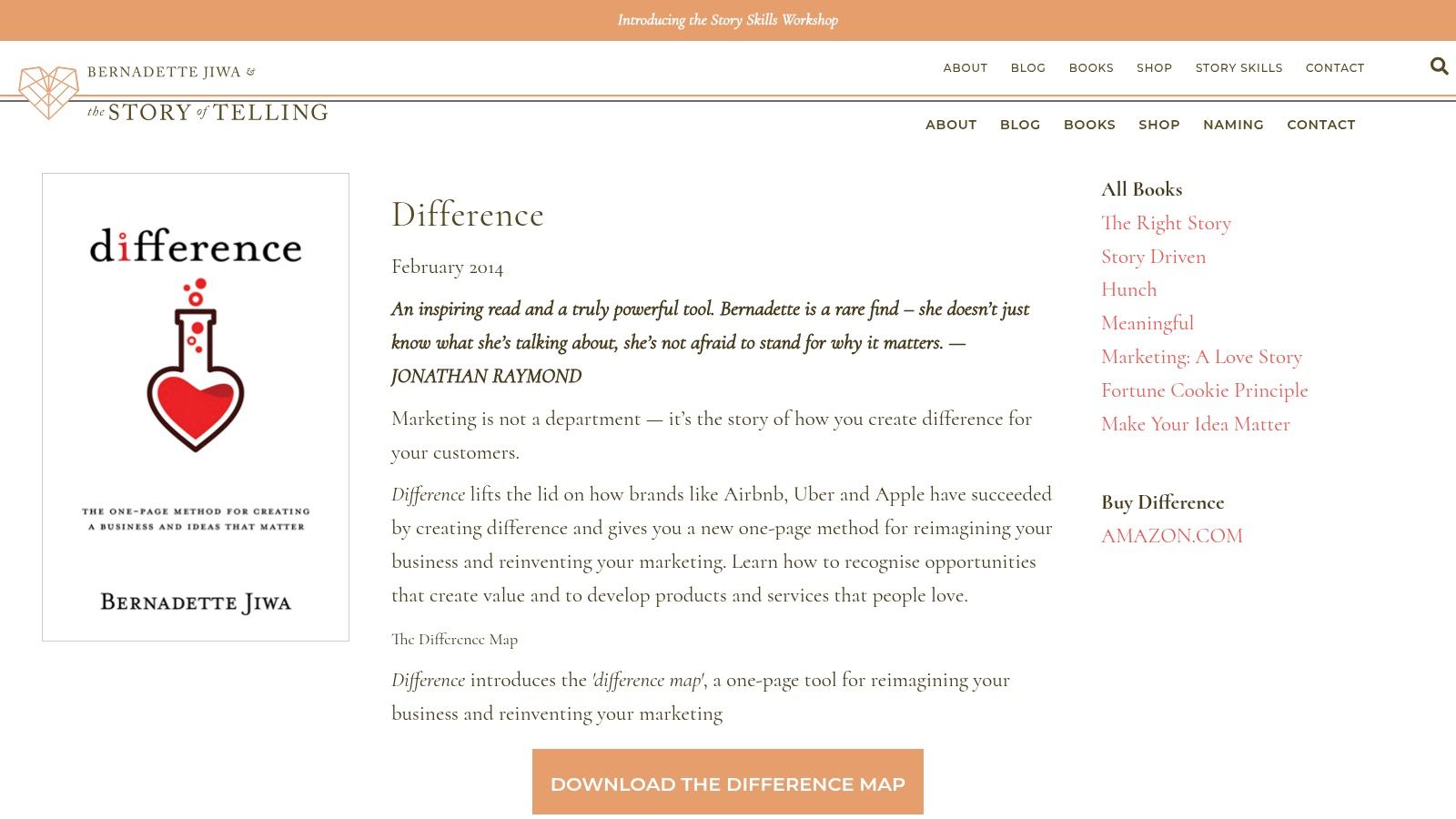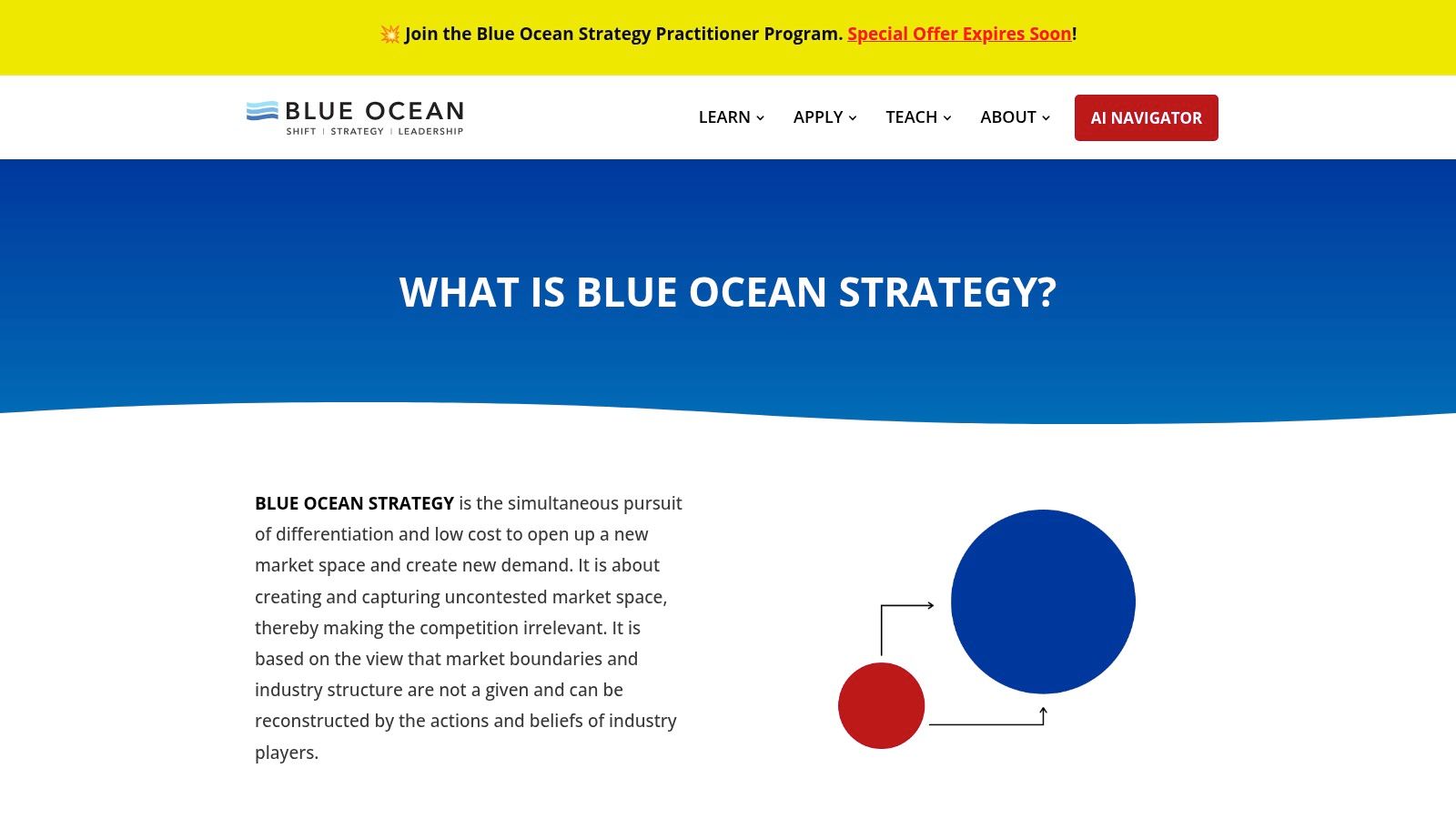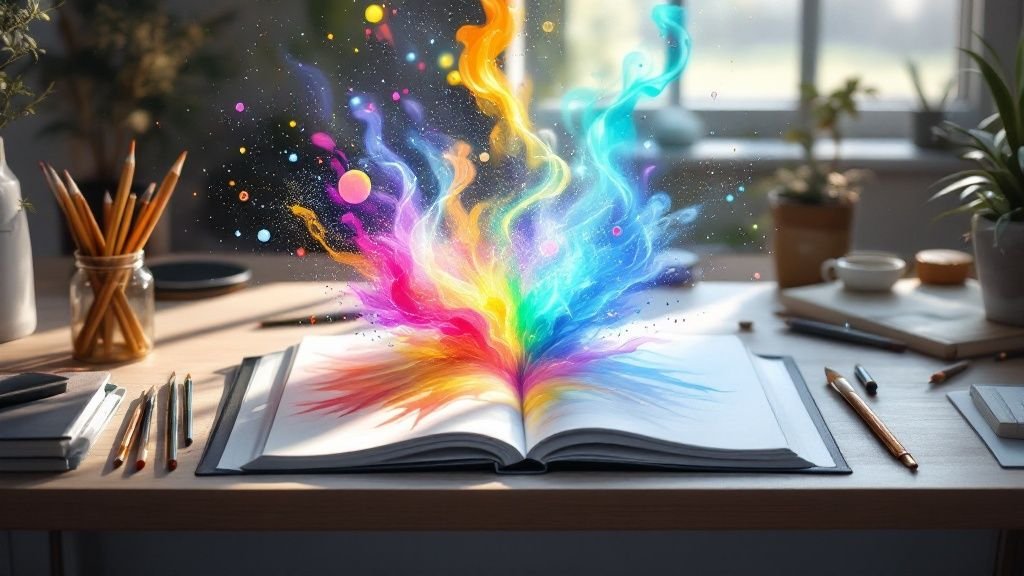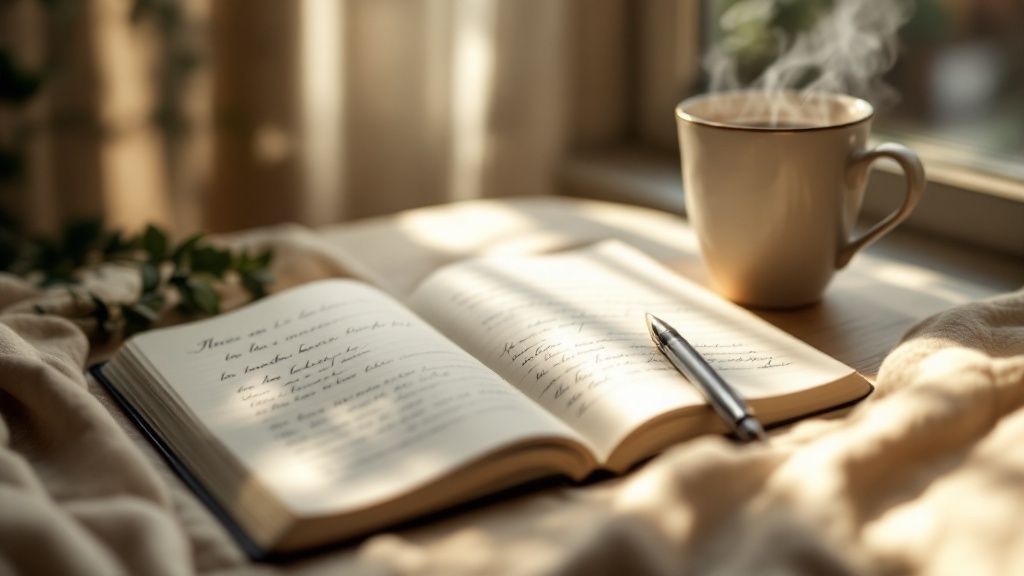The Success Blueprint: Daily Rituals That Drive Achievement
As a CTO, CEO, startup founder, or entrepreneur, you understand the constant drive for success. You're motivated by innovation and ambition, always looking for an advantage. But what truly distinguishes those who consistently reach the top? Is it natural talent or just luck? While these factors can contribute, the real difference often lies in developing strong daily habits.
These rituals, refined over time, become a powerful force, pushing individuals towards their objectives and shaping their journeys into remarkable success stories. From the ancient Stoic philosophers who emphasized mindful reflection to today's industry leaders with their strict morning routines, the transformative power of habit has a long history.
These concepts, honed over centuries, emphasize that success isn't a destination, but the result of consistent, focused action. An effective approach isn't necessarily complex. It's about aligning with your individual goals and integrating them into your daily life. It’s about building a system that optimizes your energy, focus, and productivity. This allows you to navigate the challenges of leadership and innovation with clarity and resilience.
In this list, we’ll explore 10 impactful daily rituals practiced by highly successful people across various industries. We’ll break down why these habits are so effective and offer practical strategies to incorporate them into your own routine. Get ready to discover a blueprint for maximizing your potential, improving your performance, and turning your vision into reality.

For busy professionals like CEOs, CTOs, startup founders, and entrepreneurs, time is a valuable resource. Many high-achievers swear by early morning rising, typically between 4:00 AM and 6:00 AM. This practice offers a quiet window for focused work before the day's demands take over. But is this strategy suitable for everyone?
The idea behind early rising is to capitalize on the heightened mental clarity and willpower many experience in the morning. This uninterrupted time can be used for important tasks, deep work, or personal growth, setting a productive tone for the whole day.
Features and Benefits
Uninterrupted Time: Early mornings provide dedicated time for focused work on important projects, strategic thinking, or creative pursuits without the usual distractions of emails and meetings.
Alignment with Circadian Rhythms: For some, this aligns with natural energy peaks, boosting alertness and cognitive function.
Sense of Accomplishment: Completing tasks before the official workday begins creates a sense of momentum and control. This can boost motivation and self-efficacy.
Time for Self-Care: Early risers can use this time for exercise, meditation, journaling, or other self-improvement activities to enhance well-being.
Pros of Early Rising
Increased Productivity: Taking advantage of peak mental energy can lead to more efficient and effective work.
Reduced Distractions: Fewer distractions in the early morning contribute to deeper focus and higher quality output.
Competitive Advantage: These extra productive hours can give you a significant edge.
Discipline and Willpower: Regularly waking up early cultivates self-discipline and strengthens willpower, valuable traits for entrepreneurial success.
Cons of Early Rising
Not for Everyone: Night owls or those with different circadian rhythms might find early rising disruptive and unproductive.
Sleep Deprivation Risk: Getting 7-8 hours of sleep is essential. Early rising without adjusting bedtime can lead to sleep deprivation, negatively impacting performance.
Social Limitations: Early rising can limit participation in some evening social activities.
Real-World Examples
Tim Cook (Apple CEO): Reportedly wakes at 3:45 AM to review global market data and exercise.
Michelle Obama: Starts her day at 4:30 AM with a workout.
Richard Branson (Virgin Group Founder): Known for rising at 5:00 AM, regardless of his bedtime.
History and Popularity
Early rising isn't a new concept. Benjamin Franklin's saying, "Early to bed, early to rise, makes a man healthy, wealthy, and wise," reflects a long-standing belief in its benefits. Authors like Hal Elrod (The Miracle Morning) and Robin Sharma (creator of the 5 AM Club concept) have further popularized structured morning routines for personal and professional success.
Practical Tips
Gradual Adjustment: Adjust your wake-up time in 15-30 minute increments each week.
Alarm Clock Strategy: Place your alarm across the room to avoid hitting snooze.
Prepare the Night Before: Lay out clothes, prep breakfast, and organize your workspace the night before for a smoother morning.
Prioritize Sleep: Ensure 7-8 hours of quality sleep by adjusting your bedtime.
Light Exposure: Get natural light when you wake up to help regulate your circadian rhythm.
Early rising deserves recognition for empowering individuals to take charge of their day and maximize their potential. By strategically using these early hours, busy professionals can gain a significant advantage in their demanding roles.
Daily Exercise: A Cornerstone Habit for Peak Performance
Regular exercise isn't just about physical health. It's a powerful tool for sharper thinking, improved mood, and increased energy. For busy CEOs, CTOs, startup founders, and entrepreneurs, a daily exercise routine is essential for top performance in both professional and personal life. Prioritizing exercise, even with a demanding schedule, builds a strong foundation for success.
Successful people understand the significant impact of exercise on their overall well-being and productivity. They often schedule exercise in the morning to start the day strong. These routines typically include cardiovascular exercise, strength training, and flexibility exercises, lasting 30-60 minutes. Many integrate other habits, like listening to podcasts or audiobooks, to maximize their time.
Benefits of Daily Exercise
The benefits of daily exercise are numerous. It improves brain function, memory, and creativity, leading to better strategic decision-making. Exercise reduces stress and anxiety through the release of endorphins, improving your ability to handle pressure. The increased energy and productivity can significantly impact your workday.
The discipline of a regular exercise routine also carries over to other areas of life, fostering greater focus and determination. And, of course, regular exercise contributes to long-term health and well-being, vital for sustained success.
Overcoming Challenges
Incorporating daily exercise has its challenges. It requires a time commitment, which can be difficult with a busy schedule. There may also be financial considerations, such as gym memberships or equipment. Initially, there can be discomfort during habit formation, and there's a risk of injury if exercises aren't performed correctly.
However, the advantages significantly outweigh the challenges. Consider high-achieving individuals who prioritize exercise: Mark Zuckerberg exercises at least three times a week; Oprah Winfrey tracks 10,000 steps daily and does regular strength training; and Richard Branson attributes four extra hours of productivity to his daily exercise routine. These individuals demonstrate the strong connection between physical activity and success.
Exercise and Productivity
The idea of exercise as a productivity booster has been promoted by figures like Mark Wahlberg and Dwayne "The Rock" Johnson. Even Jack Dorsey, the co-founder of Twitter, incorporates physical activity through walking meditation, while Arianna Huffington, the founder of Thrive Global, emphasizes movement for well-being.
Tips for Implementation
- Start small: Begin with 10-15 minutes of exercise daily.
- Schedule it: Treat exercise time as a non-negotiable appointment.
- Find your passion: Choose activities you enjoy.
- Multitask: Combine exercise with networking or family time.
- Track progress: Monitor your workouts and achievements to stay motivated.
Daily exercise is a holistic approach to success. It addresses not only physical health, but also cognitive function, emotional well-being, and the discipline needed to achieve ambitious goals. By prioritizing exercise, you invest in your overall capacity for success, both personally and professionally.
Intentional Daily Planning
Intentional daily planning forms the foundation of productivity for high-achievers. Instead of letting their days unfold randomly, successful individuals actively structure their time to maximize impact and achieve their goals. This vital habit involves setting aside time, usually the evening before or first thing in the morning, to outline the day's activities, prioritize tasks, and connect actions with broader objectives. It's the guiding principle that navigates them through the day's complexities, ensuring focus and progress. For busy professionals like CTOs, CEOs, Startup Founders, and Entrepreneurs, where time is a premium commodity and decisions carry significant weight, intentional planning isn't just helpful—it's a necessity.
This practice relies on several core components: prioritizing tasks (often using frameworks like the Eisenhower Matrix – urgent/important), connecting daily activities with long-term goals, and regularly using techniques like time blocking. Whether using a traditional planner, sophisticated project management software, or a simple notepad, the tool itself is less crucial than the act of deliberate planning.
Benefits of Intentional Planning
The advantages of intentional daily planning are numerous:
Reduced Decision Fatigue: Planning your day reduces the need for minor decisions, conserving mental energy for more critical thinking.
Focus on High-Value Activities: Prioritizing tasks based on importance and impact ensures your most valuable work gets done, driving progress towards your goals.
Clarity and Reduced Anxiety: Knowing what you need to accomplish and when eliminates uncertainty and reduces anxiety.
Proactive Approach: Planning allows you to operate proactively, anticipating challenges and focusing on strategic initiatives, rather than constantly reacting to urgent but less important demands.
Measurable Progress: A well-defined plan provides a structure for tracking accomplishments and measuring progress.
Potential Drawbacks
However, like any system, intentional planning has potential downsides:
Potential for Disappointment: Unrealistic planning or unforeseen circumstances can lead to unfinished tasks, potentially leading to frustration.
Need for Flexibility: Rigidity can be counterproductive. Effective planning requires the ability to adapt to unexpected events and shifting priorities.
Constraint for Spontaneous Personalities: Highly structured planning can feel restrictive for those who thrive on spontaneity.
Time Investment: Creating and maintaining a personalized planning system requires time and effort.
Real-World Examples
Real-world examples showcase the power of intentional planning. Elon Musk, known for his intense work ethic, reportedly structures his day in five-minute blocks. While this extreme approach may not be suitable for everyone, it highlights the importance he places on meticulous time management. Bill Gates schedules "Think Weeks" twice a year, isolating himself to concentrate on deep strategic planning and reflection—a critical practice for leading a multi-billion dollar company. Warren Buffett, a master of focus, famously keeps his calendar clear of unnecessary meetings, prioritizing focused work and strategic decision-making.
Tips for Implementation
Limit Daily Priorities: Focus on 3-5 key tasks to avoid feeling overwhelmed.
Schedule for Peak Performance: Identify your peak energy periods and schedule your most demanding tasks accordingly.
Buffer Time: Include buffer time in your schedule to handle unexpected issues and interruptions.
Regular Review: Check your plan throughout the day to stay on track and make adjustments as needed.
End-of-Day Review: Reflect on your achievements, identify areas for improvement, and adjust your plan for the following day.
Influential Figures and Methodologies
The concepts of intentional daily planning have been popularized by productivity experts like David Allen (Getting Things Done methodology), Stephen Covey (First Things First principle), Cal Newport (Time blocking and deep work concepts), and Ryder Carroll (Bullet Journal Method). Their work has provided frameworks and tools to help individuals effectively manage their time and achieve greater productivity.
Intentional daily planning is valuable because it empowers individuals to take control of their time and proactively shape their future. By adopting this habit, busy professionals, especially those in leadership roles, can shift from reactive problem-solving to proactive strategizing, maximizing their impact and reaching their most ambitious goals.
The Power of a Voracious Reading Habit

In the competitive business world, continuous learning is essential. A voracious reading habit is a cornerstone of success for many high-achievers. Think of Warren Buffett, who credits 80% of his success to reading 500 pages a day. This habit is about actively engaging with material, not just passively skimming words.
It's about fueling both personal and professional growth.
Why Reading Matters for Leaders
For business leaders like CTOs, CEOs, Startup Founders, and Entrepreneurs, the benefits of reading are significant:
- Accelerated Learning: Gain valuable insights from others' experiences, bypassing years of trial and error.
- Enhanced Perspective & Creativity: Reading diverse viewpoints sparks new ideas and solutions, even from outside your industry.
- Sharpened Communication & Analytical Skills: Improve vocabulary, strengthen writing, and hone critical thinking.
- Competitive Advantage: Staying informed on industry trends and technologies keeps you ahead of the curve.
- Cognitive Enhancement & Stress Reduction: Improve memory and focus while finding a healthy escape from daily pressures.
Building a Voracious Reading Habit
What does a powerful reading habit look like? Here are some key features:
- Consistency: Dedicate time daily, even just 30 minutes, for focused reading.
- Diversity: Explore a wide range of materials, including industry publications, biographies, fiction, and even philosophy.
- Active Engagement: Take notes, highlight key insights, and reflect on the content.
- Intentional Selection: Curate your reading list to focus on high-value content aligned with your goals.
- Application: Translate insights into actionable strategies and real-world application.
Weighing the Pros and Cons
While the benefits are substantial, let's be realistic about the potential downsides:
| Pros | Cons |
|---|---|
| Accelerated learning, broader perspective, improved communication | Significant time investment |
| Enhanced analytical skills, competitive edge | Potential for passive consumption |
| Reduced stress, enhanced cognitive function | Information overload, knowledge-action gap |
Practical Steps to Get Started
Ready to cultivate your own reading habit? Here's how:
- Start Small: Begin with 20 pages or 30 minutes daily and gradually increase.
- Accessibility is Key: Keep reading materials readily available—physical books, e-readers, or audiobooks.
- Curate a "To-Read" List: Maintain a list of intriguing books and articles.
- Embrace the 5-Hour Rule: Dedicate one hour each workday to deliberate learning, which could include reading.
- Active Recall: Take notes, summarize key takeaways, and review them to enhance retention.
- Join a Book Club or Reading Group: Foster accountability and engage in discussions.
The Rise of the Reading Leader
Influential figures like Charlie Munger, Naval Ravikant, Ryan Holiday, and Oprah Winfrey have all emphasized the importance of reading. They've shown how reading can transform not just individuals, but entire industries.
By embracing a voracious reading habit, you invest in your growth, expand your horizons, and gain the knowledge needed to navigate the complexities of the modern business world. You equip yourself for lasting success.
Meditation and Mindfulness for Peak Performance
In the fast-paced business world, effective leaders are seeking new ways to gain a competitive edge. Practices like meditation and mindfulness are becoming increasingly popular tools for improving mental clarity and focus. These practices deserve a place in the daily routines of successful individuals.
Meditation and mindfulness involve dedicating time to quiet the mind and observe thoughts without judgment. This cultivates present-moment awareness, leading to better decision-making and reduced stress. Regular practice, typically 10 to 60 minutes daily, involves techniques like focused attention, open monitoring, and loving-kindness. Many find morning practice beneficial, utilizing guided sessions or silent contemplation. Mindfulness can also be incorporated into everyday activities such as eating or walking.
Key Features of a Mindfulness Practice
- Regular Sessions: Aim for 10-60 minutes daily.
- Variety of Techniques: Explore focused attention, open monitoring, and loving-kindness.
- Timing: Mornings are often preferred.
- Format: Choose guided sessions or silent practice.
- Integration: Practice mindfulness while eating, walking, and engaging in other daily activities.
Benefits for High Achievers
- Improved Focus: Enhanced concentration leads to increased productivity.
- Stress Reduction: Mindfulness helps manage stress more effectively.
- Emotional Regulation: Improved emotional intelligence leads to better communication.
- Enhanced Decision-Making: A clear mind facilitates strategic thinking.
- Increased Self-Awareness: Understanding your thought patterns promotes adaptability.
- Better Sleep: Calming the mind contributes to restful sleep.
Overcoming Implementation Challenges
- Maintaining Consistency: Benefits accrue over time with consistent practice.
- Initial Difficulty: Quieting the mind can be challenging at first.
- Measuring Results: The benefits can be difficult to quantify.
- Time Constraints: Finding time can be difficult for busy professionals.
Examples of Mindfulness in Action
- Jack Dorsey (Twitter): Practices two hours of daily meditation and has attended silent retreats.
- Ray Dalio (Bridgewater Associates): Credits much of his success to over 40 years of meditation.
- Marc Benioff (Salesforce): Incorporated meditation rooms in Salesforce's headquarters.
From Ancient Practice to Modern Business
The integration of mindfulness into Western corporate culture is influenced by figures like Steve Jobs and Arianna Huffington, who have advocated for its benefits. Jerry Seinfeld’s practice of Transcendental Meditation and Jon Kabat-Zinn's development of Mindfulness-Based Stress Reduction (MBSR) have also contributed to its growing acceptance.
Practical Tips for Busy Professionals
- Start Small: Begin with 5 minutes a day and gradually increase.
- Use Apps: Explore guided meditation apps like Headspace, Calm, or Waking Up.
- Establish a Routine: Practice at the same time each day.
- Guided Meditation: Use guided meditations if silent practice is challenging.
- Prioritize Consistency: Regular, short practice is more effective than infrequent longer sessions.
- Integrate Mini-Moments: Include short breathing exercises throughout the day.
By incorporating meditation and mindfulness into your routine, you can develop the mental clarity and emotional resilience necessary to succeed in demanding environments.
Strategic Networking: Building a Powerful Network
Strategic networking is much more than simply collecting business cards. It's about cultivating a thriving ecosystem of professional relationships. For leaders like CTOs, CEOs, startup founders, and entrepreneurs, networking isn't just a good habit—it's essential. In our interconnected world, success often hinges on who you know, and, more importantly, who knows you and the value you bring.
Truly successful individuals don't approach networking transactionally. Their focus is on building genuine connections and providing value to their network before asking for anything in return. This "value-first" approach, championed by thought leaders like Adam Grant and Keith Ferrazzi, is the foundation of effective strategic networking.
Key Features of Strategic Networking
Regular Outreach: Stay in touch with your contacts. Check in, share updates, and nurture the relationship.
Diversity Expansion: Seek connections from diverse backgrounds, industries, and experiences for wider perspectives and opportunities.
Value-Driven Approach: Focus on offering help and support before asking for favors.
Systematic Contact Management: Utilize CRM systems or other tools to organize contacts and track interactions.
Daily Integration: Dedicate specific time each day to networking activities, making it a regular practice.
Benefits of Strategic Networking
Hidden Opportunities: Gain access to opportunities unavailable through traditional channels, like partnerships, funding, or talent.
Diverse Perspectives: Benefit from a wide range of insights and expertise, sparking innovation and effective problem-solving.
Supportive Community: Build a network that offers encouragement, guidance, and support during challenging times.
Enhanced Influence: Strengthen your professional credibility and increase your visibility within your industry.
Accelerated Growth: Experience faster career advancement and business development through strategic collaborations.
Challenges of Strategic Networking
Inauthenticity: A purely transactional approach can feel forced and harm potential relationships.
Time Commitment: Building meaningful connections requires dedicated time and effort.
Imbalance: Issues can arise if one person consistently gives more than they receive.
Difficulty for Introverts: Networking can be challenging for those who are naturally introverted.
Real-World Examples of Effective Networking
Richard Branson: The Virgin Group founder is known for carrying a notebook to jot down details about people he meets, allowing for personalized follow-up.
Adam Grant: This organizational psychologist and author sets aside specific time to connect people in his network who he believes could benefit from knowing each other.
Keith Ferrazzi: Author of Never Eat Alone, Ferrazzi recommends a structured "relationship action plan" that includes daily networking activities.
Practical Tips for Building Your Network
Schedule Time: Set aside 15-30 minutes each day for relationship building.
Remember Details: Use a CRM, note-taking app, or other tools to record details about your connections.
Offer Small Favors: Identify quick ways to provide help or support.
Give More Than You Take: Aim for a 2:1 ratio of value provided versus requests made.
Focus on Quality Conversations: Prioritize meaningful interactions over simply collecting contacts.
Use Social Media Strategically: Engage thoughtfully and create valuable content.
The Evolution of Strategic Networking
Strategic networking has evolved, thanks to individuals like Dale Carnegie (author of How to Win Friends and Influence People), Reid Hoffman (LinkedIn co-founder), Keith Ferrazzi, and Adam Grant. Their philosophies emphasize genuine relationships and providing value. The rise of social media has made networking more accessible, offering new platforms for connection and engagement.
Journaling for Leaders: A Path to Clarity and Growth
In the demanding world of leadership, maintaining focus and self-awareness can be a real challenge. Journaling, a practice adopted by many successful individuals, offers CTOs, CEOs, startup founders, and entrepreneurs a powerful tool for self-reflection, strategic thinking, and personal development.
Journaling involves regularly recording your thoughts, ideas, experiences, and reflections. It’s not about perfect writing; it's about creating a space for authentic self-expression. This practice takes many forms, from gratitude lists and daily affirmations to working through problems and generating new ideas. Successful leaders often use journaling to process complex situations, track progress toward goals, and gain valuable self-knowledge.
Why Journaling Matters for Leaders
Journaling’s benefits extend beyond simply documenting events. It cultivates mental clarity, reduces stress, and promotes a deeper understanding of oneself and the surrounding world.
Enhances Mental Clarity and Problem-Solving: Writing down your thoughts can help untangle complex issues and lead to more effective problem-solving. It provides a dedicated space to analyze challenges from multiple perspectives and explore potential solutions.
Creates Accountability and Tracks Progress: Journaling helps you stay focused on your objectives and provides a concrete record of your progress. This can be incredibly motivating and helps pinpoint areas where adjustments are needed.
Reduces Stress Through Emotional Processing: Journaling offers a healthy way to process emotions and anxieties, reducing stress and promoting mental well-being.
Builds Self-Awareness and Identifies Patterns: Regular reflection reveals recurring patterns in your thoughts and behaviors, offering valuable insights into your strengths, weaknesses, and areas for growth.
Examples of Journaling in Action
Many high-achievers cite journaling as a key factor in their success:
Tim Ferriss, author and entrepreneur, popularized the 5-Minute Journal, a structured approach incorporating gratitude, daily affirmations, and prioritization.
Richard Branson, founder of the Virgin Group, has kept journals throughout his career, attributing many business breakthroughs to the insights gained through this practice.
Practical Tips for Implementing a Journaling Practice
Integrating journaling into a busy schedule doesn't have to be overwhelming. Start small and experiment to find what works for you.
Start Small: Begin with just 5 minutes a day to establish the habit. Consistency is key.
Experiment with Formats: Explore different methods like handwritten journals, digital apps, or structured templates like the Bullet Journal method.
Use Prompts: When you’re unsure where to begin, use prompts like: "What am I grateful for?", "What's challenging me today?", or "What did I learn today?".
Review and Reflect: Periodically review your entries to identify recurring themes, patterns, and insights.
Embrace Imperfection: Don't censor yourself. Write for clarity and self-discovery, not perfection.
Combine Methods: Integrate different approaches like daily gratitude journaling, weekly reviews, and monthly reflections.
The Evolution of Journaling
From the philosophical reflections of Marcus Aurelius in his Meditations to contemporary practices popularized by authors like Julia Cameron (The Artist's Way and the Morning Pages concept) and Ryder Carroll (Bullet Journal method), journaling has evolved into a versatile tool for personal and professional development.
By incorporating regular journaling, you invest in your self-awareness, strategic thinking, and overall well-being – essential qualities for any leader navigating the complexities of business.
Deliberate Health Optimization For Leaders
Successful leaders know that peak performance isn't just about willpower. It's built on a foundation of strong physical and mental well-being. This is where deliberate health optimization comes in. Instead of leaving their health to chance, successful people treat their well-being as a system requiring active management. They make conscious choices daily regarding nutrition, sleep, hydration, and lifestyle to maximize energy, cognitive function, and longevity. This gives them a real advantage.
This isn't about following the latest fads. It's about using data to understand and improve personal health metrics. This can include regular sleep schedules (7-8 hours), planned nutrition (meal prep, specific diets), hydration tracking, stress management techniques, and regular health checkups. Think of it as optimizing your own biology for maximum output.
Why Health Matters for Leaders
As a CTO, CEO, or startup founder, your cognitive capacity, decision-making, and resilience are constantly challenged. Deliberate health optimization has a direct impact on these critical areas. By prioritizing well-being, you're investing in your ability to lead, navigate difficulties, and perform well long-term. Think of it as preventative maintenance for your most valuable asset: yourself.
Features and Benefits of Health Optimization
Sustainable Energy: Consistent healthy habits create a stable energy supply, avoiding crashes and increasing productivity.
Enhanced Cognitive Function: Good nutrition, sleep, and hydration optimize brain function, improving decisions and focus.
Increased Productivity: Fewer sick days and better focus translate to more productive time and improved results.
Improved Mood and Emotional Regulation: A healthy body supports a healthy mind, improving emotional control and stress management.
Longevity and Enhanced Quality of Life: Investing in health today benefits your future, promoting a longer, higher-quality life.
Competitive Advantage: Improved stamina, focus, and resilience give you a real edge in demanding situations.
Pros and Cons of Deliberate Health Optimization
Pros: The benefits are substantial, ranging from improved productivity and cognitive function to better mood and a longer life.
Cons: This approach requires planning and preparation. It might mean spending more on quality food, and social situations can be tricky when health choices differ from your peers'. There's also the time commitment for meal prep and exercise. However, for many high achievers, the return is worth it.
Real-World Examples
Jeff Bezos: Prioritizes 8 hours of sleep and reportedly makes important decisions based on his projected energy levels.
Tom Brady: His long NFL career is partially attributed to his strict nutrition and hydration regimen, showing the impact of health optimization.
Jack Dorsey: Tracks sleep and follows a structured eating plan with specific meal times.
The Rise of Health Optimization
Deliberate health optimization has gained popularity thanks to people like Dave Asprey (Bulletproof Coffee), Dr. Peter Attia, Arianna Huffington, and Tim Ferriss. Their work has brought this concept to a wider audience, demonstrating its value for achieving peak performance.
Practical Tips for Implementation
Track Baseline Metrics: Monitor sleep, energy, and mood to understand your current state and where you can improve.
Meal Prep: Cooking healthy meals in batches saves time and ensures you eat well consistently.
Hydration Triggers: Keep water bottles around to remind you to drink regularly.
Consistent Sleep Schedule: Stick to a regular sleep-wake schedule, even on weekends, to regulate your body clock.
Regular Health Assessments: Get regular checkups and tests to track progress and catch potential problems early.
Identify Energy Patterns: Learn when your energy levels are highest and lowest and schedule difficult tasks accordingly.
Experiment with Intermittent Fasting or Time-Restricted Eating: Explore these approaches for potential cognitive and metabolic benefits.
By incorporating deliberate health optimization into your routine, you're not just improving physical well-being—you're investing in your long-term success as a leader.
Continuous Skill Development

In the fast-moving business world, continuous learning is essential, especially for leaders like CTOs, CEOs, startup founders, and entrepreneurs. Staying competitive and achieving long-term success requires a commitment to constantly improving existing skills and developing new ones. It's a recognition that learning is a lifelong journey.
This mindset is echoed by prominent figures like Josh Kaufman, known for his work on rapid skill acquisition, and Anders Ericsson, famous for his research on deliberate practice. Scott Adams advocates for "skill stacking," while Cal Newport's career capital theory emphasizes investing in valuable skills. Angela Duckworth highlights the importance of grit and perseverance in skill development.
These experts, along with the successes of individuals like Bill Gates, Warren Buffett, and Elon Musk, demonstrate the impact of continuous learning. Bill Gates takes annual "Think Weeks" dedicated to learning. Warren Buffett devoted 80% of his early career to reading and analysis. Elon Musk famously learned rocket science independently.
Why This Matters for You
Continuous skill development offers leaders significant benefits:
Compounding Career Advantages: Acquired knowledge and skills build upon each other over time, accelerating career growth.
Staying Relevant: In rapidly evolving industries, particularly tech, continuous learning keeps your skills current and prevents obsolescence.
Increased Market Value: Regularly upgrading your skills makes you a more valuable asset, boosting earning potential and opening new doors.
Adaptability: Continuous learning cultivates adaptability, enabling you to navigate change and confidently tackle new challenges.
Expanded Opportunities: New skills can reveal unexpected career paths and broaden your horizons.
Features of Effective Skill Development
Daily Dedicated Time (30-60 minutes): Consistent, even short, daily learning sessions produce substantial results over time.
Strategic Skill Selection: Prioritize skills with the most significant impact on your objectives and business needs.
Deliberate Practice and Feedback: Focused practice with regular feedback is crucial for identifying areas for improvement.
Formal and Informal Learning: Utilize a blend of learning methods, including online courses, books, mentorship, and practical projects.
Cross-Disciplinary Exploration: Broaden your knowledge beyond your primary field. Exploring related areas can generate new ideas and valuable insights.
Pros and Cons
Continuous learning offers many advantages, but it also presents challenges:
Pros: Career advancement, relevance, increased confidence, higher market value, and adaptability.
Cons: Time commitment, delayed returns, potential opportunity cost, and maintaining consistency.
Practical Tips for Implementation
The 5-Hour Rule: Dedicate at least one hour per workday to focused learning.
Asymmetric Returns: Choose skills offering high impact relative to the time investment.
Learning Projects: Apply new skills to real-world projects to solidify understanding and showcase abilities.
Accountability: Find a learning partner or publicly commit to your learning goals.
Spaced Repetition and Interleaving: Utilize proven learning techniques like spaced repetition and interleaving for optimal retention.
Immediate Application: Apply new knowledge as quickly as possible to real-world situations.
Document Progress: Track your learning journey to stay motivated and acknowledge achievements.
By adopting continuous skill development as a core practice, you gain the necessary tools and knowledge to flourish in today's dynamic business world and achieve enduring success.
Digital Minimalism and Focus For Peak Performance
In our constantly connected world, digital distractions can make it difficult to truly focus on important tasks. Successful leaders, particularly CTOs, CEOs, startup founders, and entrepreneurs, recognize the vital role of focus and have adopted digital minimalism and focus management as a core productivity strategy. They intentionally structure their relationship with technology to maximize deep work and minimize distractions. This isn't about rejecting technology; it's about using it strategically instead of letting it control you.
The never-ending stream of notifications, emails, and social media updates creates a state of constant partial attention. This drains our cognitive resources and makes complex problem-solving more challenging. Digital minimalism offers a solution by promoting intentional technology use. It's about selecting a few optimized tools that align with your specific goals and eliminating the rest. This frees up time for extended periods of focused work on high-value activities, leading to significantly better results.
Features of Effective Digital Minimalism and Focus Management
Scheduled Digital Detox Periods: Implement both daily (e.g., no phone for the first hour after waking) and longer periods (weekend digital sabbaticals) to recharge and refocus.
Notification Management and Batch Processing: Disable non-essential notifications and set specific times for checking email and messages to minimize distractions and context switching.
Strategic Use of Focus Tools and Blockers: Utilize apps like Freedom, Focus@Will, or Forest to eliminate digital temptations during deep work sessions.
Designated Deep Work Periods (90-120 Minute Blocks): Schedule uninterrupted blocks of time for focused work on crucial projects.
Clear Boundaries Between Consumption and Creation: Consciously separate time for consuming information (reading, research) from time for creating and producing valuable output.
Pros and Cons of Digital Minimalism
Pros:
- Significantly boosts productivity on essential tasks
- Reduces decision fatigue from constant interruptions
- Improves the quality of thinking and creative output
- Enhances mental well-being and reduces anxiety
- Creates a competitive advantage through in-depth work
Cons:
- May create a perception of unavailability (requires clear communication)
- Requires setting boundaries with colleagues and family
- Potential fear of missing out (FOMO) during initial adjustment
- Requires self-discipline to maintain boundaries
Real-World Examples of Digital Minimalism
Cal Newport: Author of "Deep Work," is known for writing his books without social media and schedules email checking twice daily to maximize focused writing time.
Bill Gates: Takes twice-yearly "Think Weeks" entirely disconnected from technology and interruptions, focusing on deep reading and strategic thinking.
Warren Buffett: Maintains a deliberately empty calendar to allow for extensive reading and contemplation, which is crucial for his long-term investment strategy.
Practical Tips For Implementing Digital Minimalism
The One-Screen Rule: Work on one screen at a time to minimize multitasking and distractions.
Scheduled Communication: Designate 2-3 specific times daily to batch-process emails and messages.
Focus Tools: Use apps like Freedom, Focus@Will, or Forest to block distracting websites and apps.
Optimized Environments: Create physical and digital environments that promote focus by decluttering and organizing.
The Pomodoro Technique: Work in focused 25-minute intervals followed by a 5-minute break to maintain concentration.
Do Not Disturb Mode: Silence all notifications and calls during deep work sessions.
Digital Declutter: Consider a 30-day detox from non-essential technologies to reassess your relationship with digital tools.
The Growing Importance of Digital Minimalism
The concepts of digital minimalism and deep work have gained significant popularity, championed by thought leaders like Cal Newport, Nir Eyal (Indistractable), Tim Ferriss, and Adam Grant. As the downsides of constant digital distraction become more evident, these strategies offer a powerful solution, allowing individuals to regain control of their attention and achieve higher levels of productivity and well-being. For leaders in demanding roles, digital minimalism and focus management are essential practices for thriving in a distracting world. By intentionally cultivating a mindful relationship with technology, these individuals can unlock their full potential for deep thinking, strategic decision-making, and impactful leadership.
Daily Success Habits: 10-Point Comparison Matrix
| Habit | 🔄 Complexity | ⚡ Resource Needs | 📊 Expected Outcomes | ⭐ Key Advantages |
|---|---|---|---|---|
| Early Morning Rising | Medium – Requires gradual adjustment to schedule | Low – Minimal equipment needed | Enhanced productivity and focused personal time | Builds discipline and extra productive hours |
| Daily Exercise Routine | Moderate – Consistent commitment and scheduling | Moderate – May involve gym fees/equipment | Improved physical health, boosted energy, and mental clarity | Enhances overall wellbeing and increases daily energy |
| Intentional Daily Planning | Low/Medium – Easily adoptable with practice | Low – Basic planner or digital tools | Reduced decision fatigue and clearer task priorities | Provides structure and focus on high-value activities |
| Voracious Reading Habit | Low – Requires dedicated reading time | Low/Moderate – Access to books/articles | Expanded knowledge base and creative insight | Supports continuous learning and competitive edge |
| Meditation and Mindfulness Practice | Low – Needs consistent, brief daily practice | Low – Simple practice, possible app use | Reduced stress and enhanced concentration | Improves emotional regulation and mental clarity |
| Strategic Networking | Moderate – Demands regular social engagement | Moderate – Time and relationship management | Expanded professional opportunities and diverse perspectives | Fosters valuable connections and growth opportunities |
| Journaling Practice | Low – Easy to start with a daily writing habit | Low – Notebook or digital journaling tool | Greater self-awareness and improved mental clarity | Encourages reflection and accountability |
| Deliberate Health Optimization | High – Involves systematic planning and tracking | High – Quality nutrition, monitoring devices | Sustainable energy, improved cognitive function, and longevity | Enhances long-term wellbeing and performance |
| Continuous Skill Development | Moderate – Requires consistent time for learning | Moderate – Investment in courses and resources | Career advancement and ongoing personal growth | Raises market value and adaptability |
| Digital Minimalism and Focus Management | Moderate – Involves habit restructuring and discipline | Low – Focus tools and designated schedules | Increased deep work periods and reduced digital distractions | Promotes efficiency and better mental wellbeing |
Elevating Your Daily Game: Habits For Success
The path to success isn't about radical change; it's about consistent, small improvements. From the benefits of rising early and practicing mindfulness to the value of constant learning and strategic networking, the habits discussed offer a framework for reaching your full potential. These habits, while seemingly small, create a compounding effect over time, leading to significant improvements in productivity, focus, and overall well-being.
Remember, don't try to change everything at once. Begin by incorporating one or two habits at a time. Select those that resonate most with you and gradually integrate them into your daily life.
Adapting Habits to Your Needs
Adapting these principles to your own situation is essential. What works for one entrepreneur might not work for another. Experiment, monitor your progress, and adjust as needed. The definition of success is always evolving. Keep learning about new trends and research in areas like productivity, leadership, and personal development to continually refine your approach. Learning is an ongoing journey, and your approach to these habits should be flexible.
Key Takeaways For Building Positive Habits
- Start Small: Initially, focus on one or two habits.
- Consistency is Key: Regular practice is essential for lasting benefits.
- Personalize Your Approach: Adapt the habits to your individual requirements.
- Stay Adaptable: Continuously learn and refine your strategies.
The Importance of Personal Branding
As a CTO, CEO, Startup Founder, or Entrepreneur, your personal brand is invaluable. It's the basis upon which your influence, credibility, and ultimately, your success, are built. Building a compelling and impactful personal brand requires a strategic combination of storytelling, positioning, and consistent content creation.
Building Your Personal Brand With Bhavik Sarkhedi & Co.
Ready to elevate your personal brand and establish yourself as an industry leader? Bhavik Sarkhedi & Co. helps founders, CEOs, and entrepreneurs transform their personal brands into powerful assets. From content strategy and thought leadership development to impactful storytelling and strategic amplification, we provide the expertise and guidance you need to distinguish yourself in a competitive market. Visit Bhavik Sarkhedi & Co. today and learn how we can help you build a personal brand that resonates, inspires, and delivers results.



